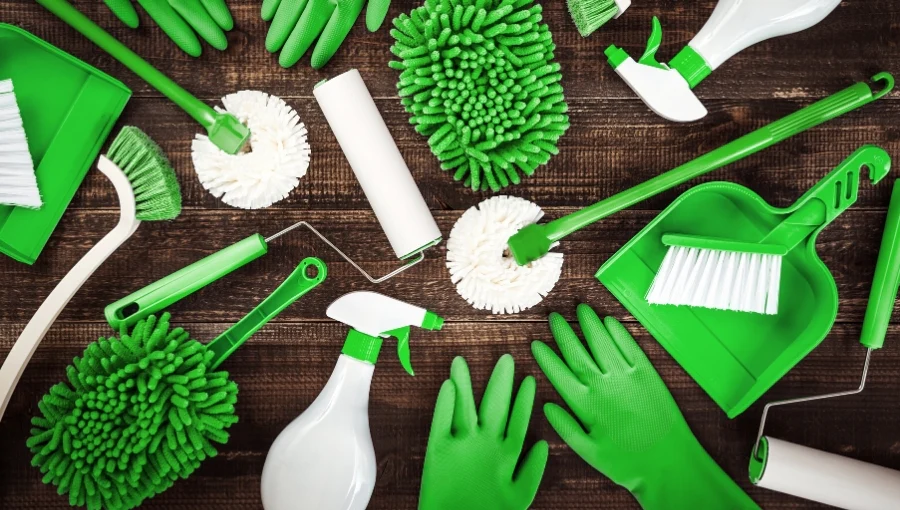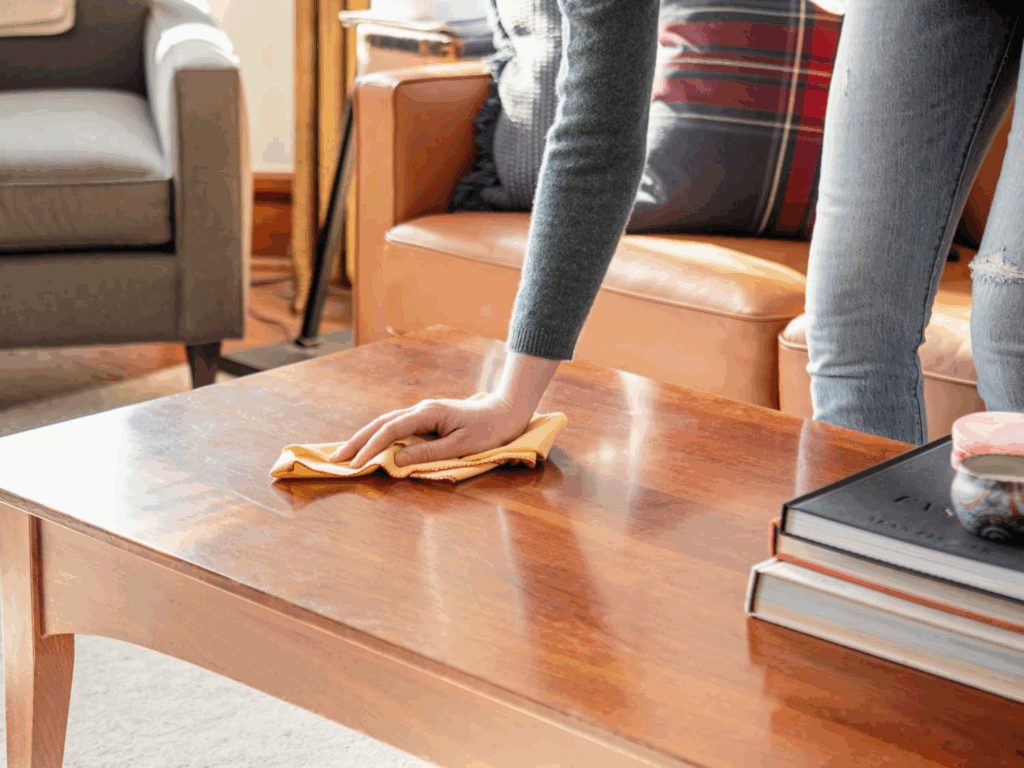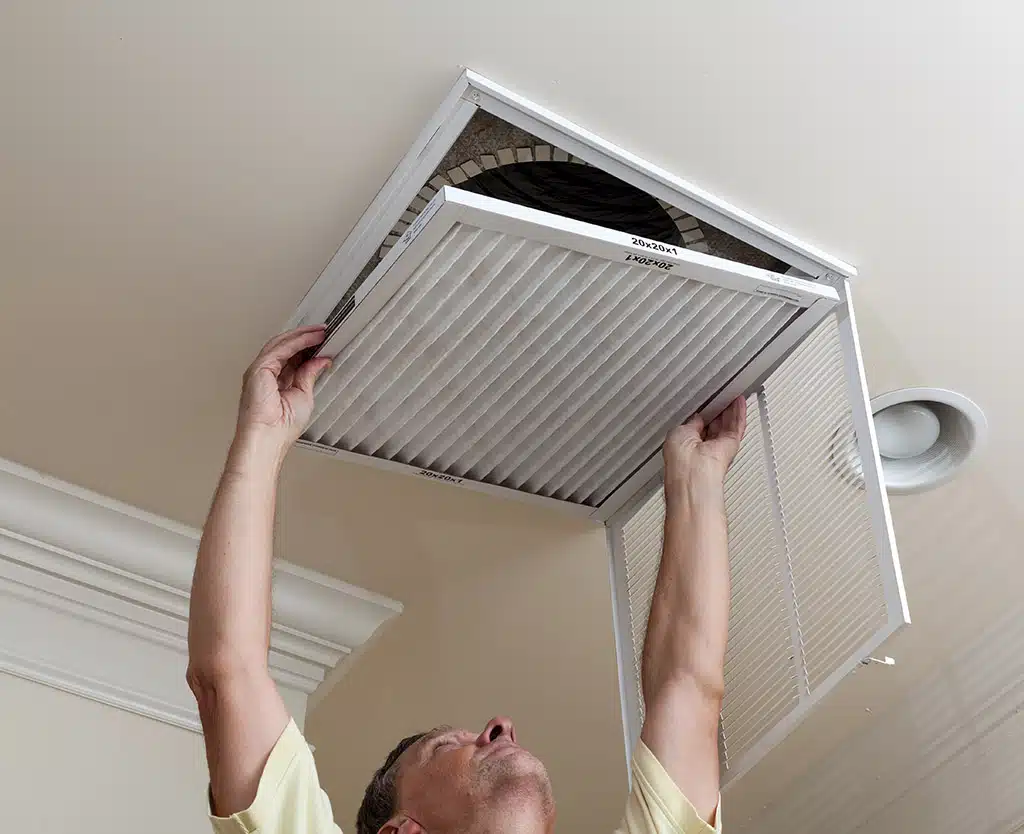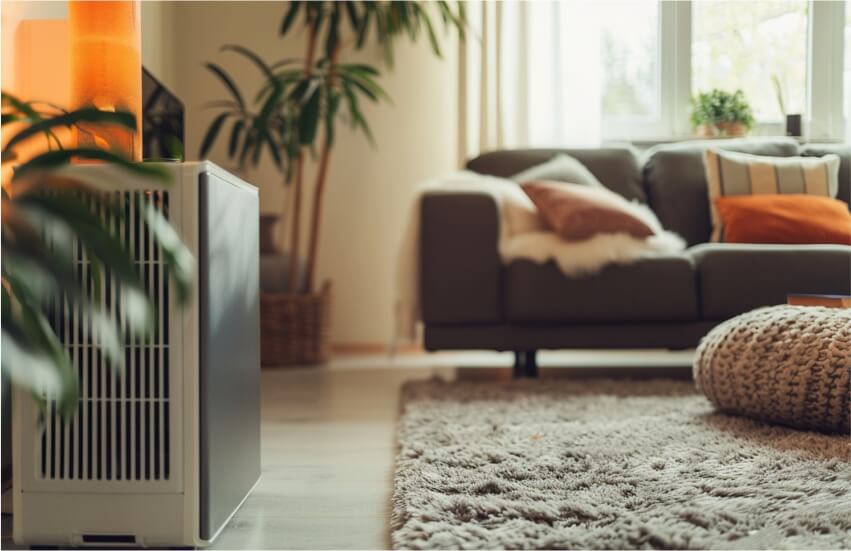Dry weather might bring a crisp breeze, but it also invites an often-overlooked nuisance — dust. In low-humidity conditions, dust particles linger in the air longer and settle more frequently on floors, furniture, and every exposed surface. The result? Interiors that lose their luster and indoor air quality that can aggravate allergies and respiratory discomfort.
So how do you create a truly dust free home when the air itself feels dusty? From smarter cleaning routines to strategic design choices like dust-resistant flooring, here’s how to protect your living space and breathe easier, even during the driest days.
Why Does Dry Weather Lead to More Dust?
In dry climates or during the summer season, dust accumulates faster for a few key reasons:
- Lack of humidity means dust floats in the air longer before settling on surfaces.
- Open windows and doors let in outdoor dust from roads, gardens, and construction areas.
- Dust-holding materials like carpets, fabric sofas, and curtains trap particles deep inside.
- Improper cleaning methods such as dry dusting or sweeping often just move dust around instead of removing it.
- Porous surfaces like wood or untreated flooring hold onto dust, unlike smooth, non-porous tiles.
Understanding these causes helps you take action where it matters most.
Why Tiles Are the Best Dust-Resistant Flooring
If you’re serious about reducing dust indoors, the floor you walk on matters. Tiles are one of the best choices when it comes to hygiene and low maintenance.
- Smooth, non-porous surface: Unlike carpet or wood, tiles don’t trap dust. They’re easy to clean with a single wipe.
- Fewer grout lines: Large tiles mean less space for dust to settle, making cleaning faster and more efficient.
- Anti-static technology: Certain tiles, such as those with anti-static finishes, prevent dust from sticking due to reduced static buildup. These are especially beneficial for people with dust allergies.
- Long-term durability: Tiles don’t wear out or fray like carpets and don’t absorb dust like wood. They’re a sustainable, cost-effective solution.
For those seeking both beauty and function, Orientbell Tiles offers a wide selection of finishes and designs suited for cleaner, dust-resistant living.
More Hacks to Keep Your Home Dust-Free
Tiles alone aren’t enough. It takes a combination of smart habits, regular upkeep, and the right materials to tackle dust effectively—especially in dry regions or metro cities with high pollution.
1. Clean Regularly With the Right Tools

Using traditional cloths or feather dusters can spread dust instead of trapping it. Switch to microfiber cloths, which use electrostatic charge to lift and trap dust effectively. Vacuum rugs, curtains, and upholstery at least twice a week using a vacuum cleaner equipped with a HEPA filter, which prevents fine dust particles from escaping back into the air.
To explore high-performance vacuum cleaners, check out this HEPA vacuum guide by Consumer Reports.
2. Improve Indoor Air Quality

Dry air and poor ventilation can worsen dust circulation. Focus on maintaining better indoor air quality with these tips:
- Air purifiers filter out dust, allergens, and pollution.
- Humidifiers keep indoor humidity between 40% and 50%, helping dust settle faster so it can be removed more easily.
- Indoor plants like peace lilies or bamboo palms naturally trap airborne dust and purify the air. Just make sure to keep their leaves clean.
- Cross ventilation and fresh airflow reduce stagnation, which can lead to trapped dust.
In areas like Delhi or Bengaluru where pollution levels are high, these steps are even more critical. For expert tips, read this air-quality guide from the Environmental Protection Agency (EPA).
3. Use a DIY Dust-Repellent Spray

One underrated trick? Making your own dust-repellent spray. Mix equal parts water and white vinegar with a few drops of essential oil (like lemon or lavender). Lightly mist surfaces before wiping with a microfiber cloth. This helps prevent dust from settling quickly, especially on wood and glass.
4. Rethink Furniture and Décor Choices

Your furniture can either attract dust—or help you fight it.
- Swap heavy curtains for lighter, washable options like cotton or blinds.
- Avoid wall-to-wall carpeting. Opt for smaller rugs you can shake out or wash.
- Choose closed storage units to keep dust off your belongings.
- Pick furniture with hard surfaces like wood or leatherette, which can be wiped clean.
5. Maintain HVAC Air Filters

If you use an HVAC system, your filters could be silently collecting (or releasing) dust into your home.
- Check and clean filters every month
- Replace filters every 1 to 3 months, depending on use and location
- Use high-efficiency filters to trap pollen, pet dander, and pollutants
In polluted regions like Gurugram or Noida, filters clog faster, so regular maintenance is essential to maintain air quality and save energy.
Conclusion
Keeping dust under control during dry weather isn’t just about aesthetics—it’s about creating a healthier home. From installing the right tiles to investing in smart air solutions and cleaning tools, every change adds up.
Also Read : Creative Kids Room Decor Ideas They’ll Love





